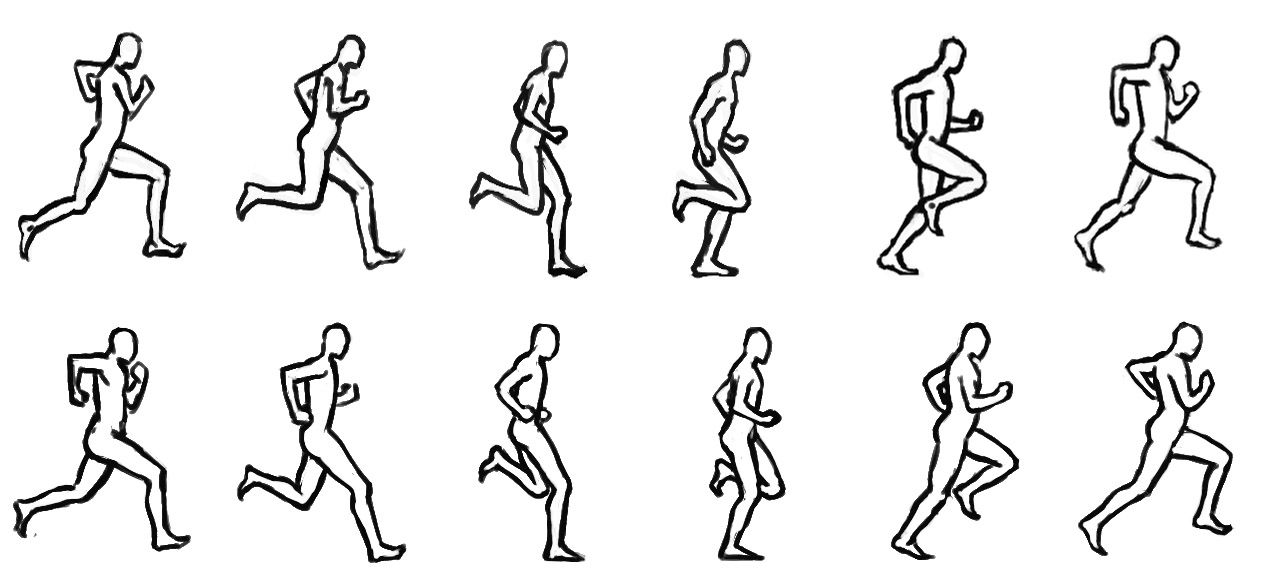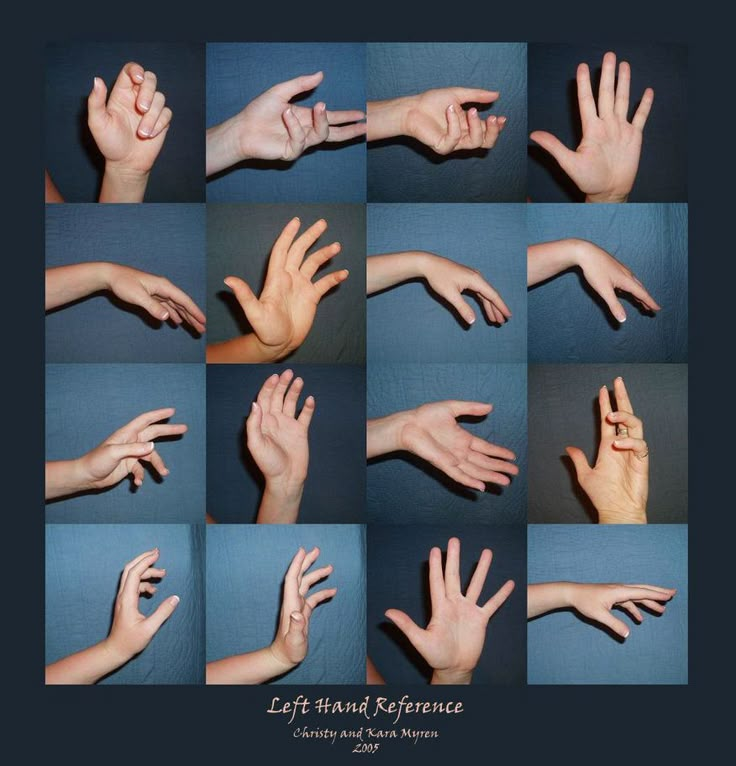How to stay on beat when dancing
He's Dancing Off Time - What Do I Do?
This Salsa tip came about from one of the most common questions we hear follows ask.
Some guys are on beat, some guys are 50-50, some guys struggle as they get used to Salsa music and there are others who are off in their own world dancing to an ‘amazing’ rhythm that no one else can hear.
As always, you’ll have to approach each partner a little differently, but the ultimate question still remains – do I follow him and dance off beat, or stay on time? Here’s some advice for both the leads and the follows.
Ladies Tips
If you’re both new to Salsa, be patient and encouraging
It takes time to develop rhythm recognition. If the lead is brand new to Salsa, you’re going to have to cut him some slack. Follow along the best you can and be encouraging. It’s quite possible that he’s nervous or thinking too hard about the new move he’s learning. Either of those things will easily take his focus off the music.
If you’re at an experienced beginner level or higher, stay on time
No matter the style of dance, staying on time is one of the most important things you can do. If he’s off beat, don’t do him any “favours”. Stay on time. Doing otherwise will further the problem and he’ll probably never know he was ever off time. It’s important that he realizes he’s not on beat. It’s an important part of the learning process.
Leads Tips
Why you are rushing and how it happens
Leads, if you don’t have a keen sense of rhythm recognition, you can easily become off beat with a song. Generally this is OK if it happens momentarily and gets corrected, but what often happens is that the problem gets compounded. When you’re off time, you feel like things need to move faster because the steps just don’t seem to be working properly. You are under the illusion that there’s not enough time. So what do you do? You speed up. And that makes the dance even more challenging to navigate.
And that makes the dance even more challenging to navigate.
When it comes down to it. Rushing the lead gives both partners less time to execute a step, causing more harm than good.
Staying on beat gives you more time to complete your moves
Keeping the rhythm of ‘quick, quick, slow’ – ‘quick, quick, slow’ is critical in Salsa. Use that period of ‘slow’ to maintain perpetual motion throughout your movement. Getting into the bad habit of dancing on the infamous ‘quick, quick, stop’ rhythm will make partner dancing far more difficult than it has to be.
Don’t expect the ladies to follow your incorrect timing
If you’re an intermediate dancer and you still can’t keep the beat, that’s on you to improve. You should not expect the ladies to follow you with complete disregard to the music. How can they? You are seemingly dancing to an entirely different rhythm in your head and they have no way of predicting the timing. Dancing is to music, so you must learn to use that music to dance..gif) At this point, it’s best to invest some time in developing your rhythm recognition so your partner dancing becomes more successful.
At this point, it’s best to invest some time in developing your rhythm recognition so your partner dancing becomes more successful.
Make learning rhythm recognition a priority
The sooner you learn to dance on beat, the sooner your dancing will feel smooth and your partner connection concrete. One great way to practice this is by focusing on the song and not worrying about doing fancy tricks. Keep your movement simple and execute only those steps that you can stay on beat with. If you find yourself speeding up or slowing down, move on to some simpler steps that you’ll be able to execute while maintaining the proper rhythm.
Use your partner’s rhythm to stay on time
If you know your partner is a more experienced dancer, they have likely got the whole rhythm recognition thing down pat. Use this to your advantage. Pay attention to the speed of their dancing and placement of their feet. Those are your simple cues to get back on time.
Your Turn
Have an interesting “off-time” experience you’d like to share? Got some more advice on this topic? Leave a comment below!
Bad at Keeping Time? 5 Rhythm Exercises for All Musicians [Videos]
Do you struggle with keeping the beat? In this post, music teacher Heather L.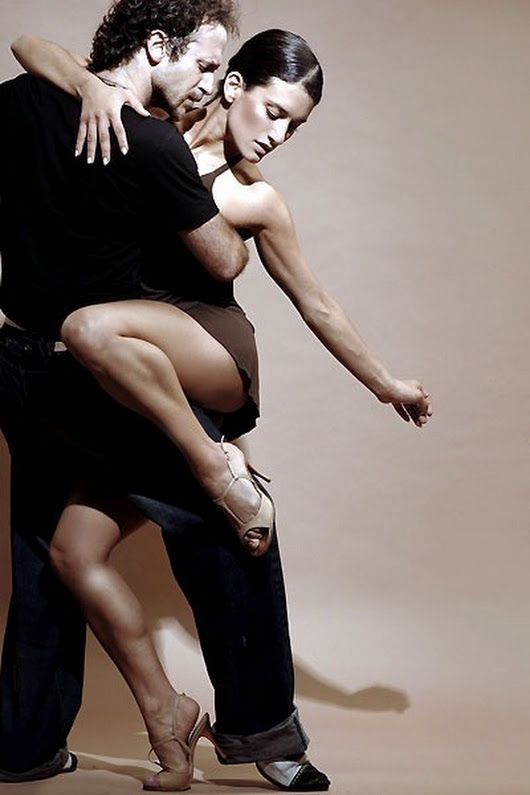 shares six rhythm exercises that all musicians can try…
shares six rhythm exercises that all musicians can try…
When’s the last time that you heard a musician perform live, either at a concert or online, and said to yourself, “Wow, her rhythm sounds really off. But she’s a phenomenal musician!”
I can’t remember, either.
That’s because a strong rhythmic sense is essential to being that phenomenal musician we all aspire to be, and we all can be! It’s part of what distinguishes an amateur from a pro.
What Are Rhythm Exercises?Rhythm exercises are important as a musician as they help you keep in time with the music rather than rushing it or falling behind the tempo. Rather than just reading the sheet music, rhythm exercises allow you to feel the beat of a song that you are playing or moving to and keep time internally.
By using rhythm exercises, musicians can improve their musical timing and ensure that they are playing in with their own internal beat, which makes playing music much more enjoyable for all.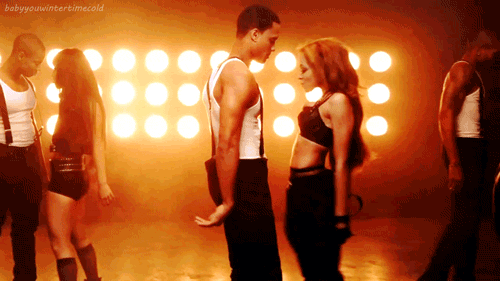
Bad at Rhythm? You’re Not Alone
The very thing that those pros have is something called an internal sense of rhythm, which you can hone by tapping into your natural sense of a steady pulse. It’s like your own built-in metronome! It removes the need to tap your foot or rely on a drummer, or any other external time-keeper, for that matter.
It’s important to know that “rhythm” and “timing” mean slightly different things. “Rhythm” means the regular succession of strong and weak beats, but “timing” is your ability to keep a beat by yourself, especially within a group.
Lots of musicians struggle with both rhythm and timing, often because we choose pieces that are too complex for us at that current point in our musical journeys.
So remember your three S’s: Simple, slow, steady.
Simple are the pieces that you choose while you work to improve your rhythm, slow is the tempo that you should play the pieces, and steady rhythm is what we aim for!
If you struggle with rhythm and timing, your music teacher can help you with specific exercises and pieces to practice.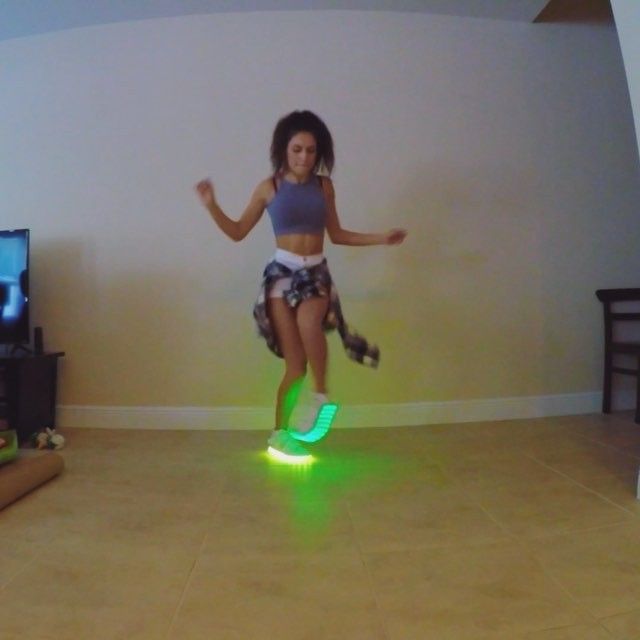 In the meantime, here are the rhythm exercises that I recommend to my own students.
In the meantime, here are the rhythm exercises that I recommend to my own students.
1. Record Yourself
- Start simply. Choose a song that you know really well (think “Mary Had a Little Lamb”), and then choose a slow tempo.
- Record yourself playing (or singing, if your instrument is your voice) it alone, without a metronome or any backup. Recording yourself gives you immediate and valuable feedback.
- Listen to the recording. Are you confident that a stranger could tap to your beat? Are you speeding up or slowing down?
- Tap or clap along with the recording. Keep a tally of how many times you got off the beat or hesitated.
Don’t be discouraged if you’re not that steady. Just resolve to improve. Remember, this is just another skill to be learned!
2. March to a Pulse
This rhythm exercise might be the most fun — all you need to do is perform something physical to a pulse. If you like to dance, then dance along with the beat… and if you’d rather walk your dog, then go get the leash!
Physical movement matched to a pulse is called eurhythmics. This is the idea that music should be learned through all of the senses, including your kinesthetic (physical) awareness.
This is the idea that music should be learned through all of the senses, including your kinesthetic (physical) awareness.
It’s best to create the pulse using a metronome. If you don’t own one, install a metronome app on your smartphone. I have one called The Metronome by Soundbrenner, but you can find lots of them in the App Store or in the Google Play Store.
The following video reveals a fascinating class in which eurhythmics is demonstrated. Notice that the students are creating movements that match rhythms. This is the fundamental idea. Keep watching, and you’ll see simple walking-to-a-pulse, dancing-to-a-pulse, and even punching-to-a-pulse!
3. Tap and Count
Find a recording of your favorite song, and clap your hands together with each count as you listen to it. You can also tap your leg, your guitar or piano, or a table. When you feel comfortable, add counting. Count “one, two, three, four,” or “one, two, three” depending on the time signature. Most songs have the feeling of three or four beats in each measure.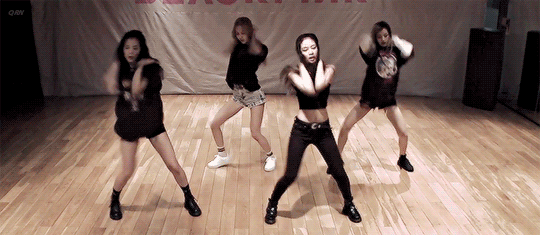 Try both and see which one fits.
Try both and see which one fits.
Remember, if it sounds like a waltz, then it probably has three beats per measure, but if it sounds like a march, then it probably has four beats per measure. Check out a video that demonstrates this exercise here.
4. Practice Subdividing
Now that you’ve counted the basic beat of your song, you’re going to subdivide. Learning how to subdivide is the basis of establishing that internal sense of rhythm, and later, just figuring out tough rhythms!
Subdivision is the practice of dividing the beats of a song into shorter beats. For instance, if you have a song that is made up of only quarter notes, to subdivide you might count “one, and, two, and, three, and, four, and…” instead of “one, two, three, four.” By subdividing, you’ve stopped guessing how long each beat is. I call it “naming the little baby notes.”
The following video visually details this rhythm exercise, but Dan also does a great job explaining it aurally.
5.
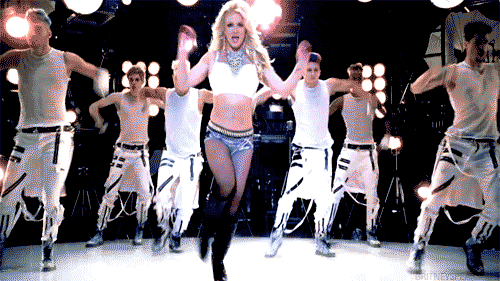 Be an Apprentice
Be an ApprenticeFind a friend, a neighbor, a band, or a great teacher with TakeLessons whose sense of rhythm and timing you really admire, and then find time to play with them. They’ll probably be flattered that you think of them so highly and be happy to help!
Here’s a terrific video of jazz piano great Chick Corea explaining his tips for getting better rhythmically, and this idea of apprenticeship.
6. Play with a Metronome
Now, take that song that you recorded before, set the metronome to a slow, steady beat again, and play along. But first, feel yourself settling in, letting your kinesthetic pulse — that internal sense of rhythm — sync with what you’re hearing.
Watch this video where the metronome is demonstrated on the piano. Even if you don’t play the piano, the instructor explains so simply that it will immediately make sense on your guitar, flute, or violin, or even your voice!
It’s been said that rhythm is not a series of dots, but of circles. As long as you hit the beat really close to the perfect spot, you’re okay. In fact, as humans, we’ll never be as exact as a metronome! And that’s great, because it creates a groove.
As long as you hit the beat really close to the perfect spot, you’re okay. In fact, as humans, we’ll never be as exact as a metronome! And that’s great, because it creates a groove.
Being just a hair behind or ahead of the beat pulls the listener in, and frankly, keeps us from sounding like robots, or some computer program that makes music. It keeps us sounding human. Being human means being imperfect. And that’s just perfect.
Readers, what other rhythm exercises have helped you improve your skills? Leave a comment and let us know!
Heather L. teaches singing, piano, and more in St. Augustine, FL, as well as through online lessons. She is a graduate of the prestigious Westminster Choir College in Princeton, New Jersey. Learn more about Heather here!
Suzy S.
How to learn to hear the rhythm in music | All articles | Planet of Talents
I am sure that all people love to dance. However, many believe that they do not have an ear for music or a sense of rhythm, not enough plasticity or coordination to dance, call themselves a “tree” and sit quietly in the corner at a disco. And yet, only a small proportion of them are right (and even then not in the part about the “tree”). Often the problem lies precisely in the ability to feel the music, in particular, the rhythm. But the problem is solved! For most people, the sense of rhythm is dormant. And only a very small percentage suffers from “rhythmic deafness”. nine0003
However, many believe that they do not have an ear for music or a sense of rhythm, not enough plasticity or coordination to dance, call themselves a “tree” and sit quietly in the corner at a disco. And yet, only a small proportion of them are right (and even then not in the part about the “tree”). Often the problem lies precisely in the ability to feel the music, in particular, the rhythm. But the problem is solved! For most people, the sense of rhythm is dormant. And only a very small percentage suffers from “rhythmic deafness”. nine0003
In my dance teaching practice, sometimes I come across people who can't hear the rhythm. For a group of fifteen people, there are on average 1-2 people. Agree, not such a big percentage for non-professionals. But this is where I ran into trouble. How to explain to a middle-aged person without a musical education what a strong and weak beat is, why sometimes we perform movements on “three”, and sometimes on “eight”, and how to count a piece in general? . . I think all teachers face this problem, It doesn't matter if they work with young children, youth or adults. nine0003
. I think all teachers face this problem, It doesn't matter if they work with young children, youth or adults. nine0003
First you need to figure out if the student actually hears the music. First, you can clap a short, simple rhythm and ask him to repeat it. If the student reproduced it in full, then all is not lost! Secondly, you can turn on the music and step along with it, setting the pace. Then you need to pause, talk about something so that he is distracted, and turn on the same music again and ask him to walk to it in the same rhythm without you. There may be several options:
- the student walked to the beat, because he remembered the rhythm when you walked to the music together. And it's not a bad choice! Perhaps he needs to pay a little more attention than the others, stand next to him and show the movements individually, in the end his memory and great desire will bear fruit.
- the student walked in his rhythm, not hearing the music. Here the matter is more complicated.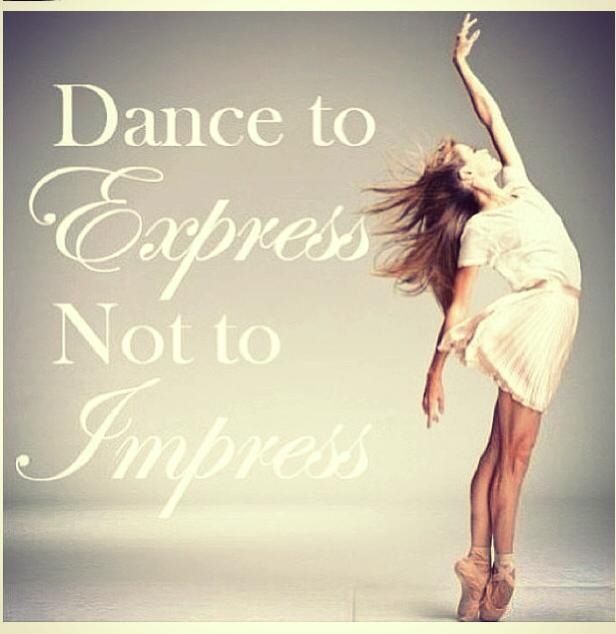 With such people, you need to deal with individually or gather them in one group and make a lesson in musicality for them. One or two lessons may be enough. nine0003
With such people, you need to deal with individually or gather them in one group and make a lesson in musicality for them. One or two lessons may be enough. nine0003
In such lessons, you need to explain what a strong beat is in music, how a melody is broken down into measures. Of course, you need to be patient, and most importantly, read music theory if you are not strong in it. In fact, it is not so scary, because the rhythmic pattern in the music school is studied in the lower grades. On the other hand, it is not necessary to overload the brain of students with this theory. Just think of a few metaphors. Rhythm can be compared with the beating of our heart, with clocks, with steps. Everything has its own rhythm - the moon and the sun, the surf, the seasons, a poem, the noise of a train, and even the sounds of a cricket. For such activities, you need simple, understandable music with a clear rhythm, for example, a march or, oddly enough, club music, with a characteristic “tuna-tuna”. The duration of notes can be compared with seconds, minutes, hours. nine0003
The duration of notes can be compared with seconds, minutes, hours. nine0003
By the way, using the example of a march, you can easily learn to hear a strong beat. I would suggest using this particular march http://www.youtube.com/watch?v=VGfGxqHPF0s
In it, you can clearly hear how all the instruments of the orchestra play on a strong beat. I think that your students of any age will walk this melody with pleasure, and most importantly, to the beat!
A good helper in mastering the rhythm will be a metronome. Moreover, now everyone can install it on their smartphone or tablet and train at any time! By the way, the metronome is successfully used in the treatment of stuttering, and this says a lot. nine0003
In fact, I believe that anyone can learn to hear music and dance to it. All it takes is motivation. He works wonders even with the most seemingly hopeless students.
If the desire to learn to dance is great, follow a few simple but effective tips:
1. Listen to more music. Much more! Listen to it in any free minute. Learn almost by heart the pieces you need to dance to. nine0003
Listen to more music. Much more! Listen to it in any free minute. Learn almost by heart the pieces you need to dance to. nine0003
2. Divide music into instruments. The whole orchestra never plays the same tune. Double basses or bass guitars always set the rhythm, the main part is given to the violins or the voice, etc. Yes, it requires high concentration and attention, but it is really effective!
3. Learn to use a metronome.
And remember, only working out the technique will not bring results. Love music, learn to hear it in the world around you, eventually become music, and then you will succeed! nine0003
© Arina Grakhantseva
How to feel the rhythm of life, or life as a dance. Article. Psychology of movement and dance. Self-knowledge.ru
And today I would like to write music for you.
Writing music with words is an interesting task. Music has rhythm, and words have rhythm, and sentences have rhythm. The rhythm of the dance: make movements either faster and sharper, or more measured and smooth. And the rhythm of life? She also has a rhythm. Either it is full of events, and there is not enough space in the calendar, then suddenly all meetings are abruptly canceled, and I understand that the world is telling me: take a break, it's time to stop. I love stop time. Stop. Look around. Look around - people are around, with their incredible stories and their rhythms, nature is around, amazingly thought out to the smallest detail. I never cease to be amazed at the perfection of nature and its creator. And she has her own rhythms. We are all dancing. We are all moving in our own rhythms, creating an incredible cosmic dance. And in order to live life like a conscious dance, you need to feel its rhythm. nine0003
And the rhythm of life? She also has a rhythm. Either it is full of events, and there is not enough space in the calendar, then suddenly all meetings are abruptly canceled, and I understand that the world is telling me: take a break, it's time to stop. I love stop time. Stop. Look around. Look around - people are around, with their incredible stories and their rhythms, nature is around, amazingly thought out to the smallest detail. I never cease to be amazed at the perfection of nature and its creator. And she has her own rhythms. We are all dancing. We are all moving in our own rhythms, creating an incredible cosmic dance. And in order to live life like a conscious dance, you need to feel its rhythm. nine0003
And today I decided to look for the answer from the dancers: how to feel the rhythm? And transfer their experience to life.
- When they say that you need to dance to the beat, they mean that you need to dance to the rhythm of the music. However, having the perfect beat means more than just playing simple steps to the rhythm of the music.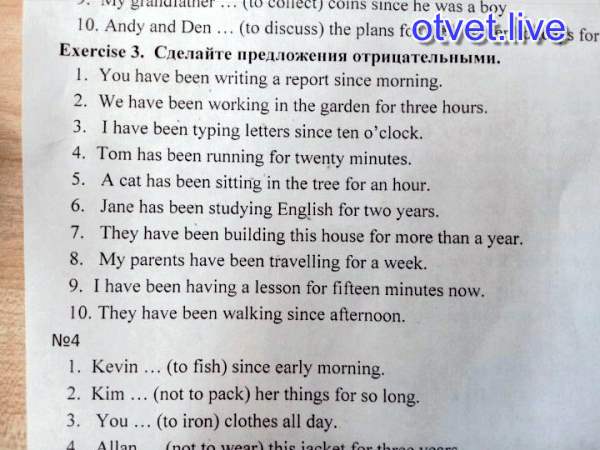 In fact, just moving to the beat is not difficult, but it takes a lot of practice to train the body and mind to feel the rhythm of the music.
In fact, just moving to the beat is not difficult, but it takes a lot of practice to train the body and mind to feel the rhythm of the music.
- Yes, living in a habit, where most of the processes are done automatically, and every day is very similar to the other, with the only difference being the change in the location of the body - this is not difficult. But to teach yourself to understand your body and mind, to teach yourself to live in the rhythm of the universe is a skill that requires training. nine0046
- Perfect "timing" allows you to relax and express your feelings through movement, instead of trying to count the number of beats of the drum rhythm in your head.
- Yes, this is a real trick for how to relax in life: developing the habit of respecting one's own and other people's time. Chip number two - instead of constantly checking how to do it right (from the point of view of mom, director, society, psychologists, gurus and others, whose idea may simply not suit you for your personality structure), do as you feel. nine0003
nine0003
When a person achieves an ideal sense of rhythm, his dancing will become relaxed and natural. It will no longer be necessary to mentally count the beats, as the body will be fully "aware" of its place in the music at all times. Professional dancers are often masters of the perfect beat. It is worth noting that a good sense of rhythm is not limited to any particular style of dance. It is important in all dances.
- Oh, well, there are no comments at all. All about life.
And then I want to present tips that you can take for yourself for the rhythm of the dance, or, like me, for the rhythm of life. Although for me it's almost the same thing. A dancing person is in the rhythm of life, and if he is in the rhythm of life, he dances.
So, here are some tips on how to develop a sense of tact right at home with the help of simple exercises.
- No need to listen to the lyrics. Rhythm is more than just words spoken to music.
- Surely, many have heard that you need to dance as if no one is looking at the person.
 In fact, this is the main secret of how to feel the rhythm. nine0066
In fact, this is the main secret of how to feel the rhythm. nine0066 - This can help you feel the rhythm of the music when dancing alone, rather than in front of others. On stage, it will be easier to do after that.
- It is worth practicing improvisational dances, without a routine, a certain series of steps or a clear dance plan.
- You can try dancing with your eyes closed and not seeing yourself in the mirror.
- If the improvisation is too difficult, you can choose a few specific dance moves that you want to include in the dance, and then fill in the gaps between them with the learned moves. You can also set a specific theme for your dance moves. For example, dance as if the performer is sleeping, as if he is a fairy, as if a cat or a bird, etc. Sometimes this kind of imitation of movement can help you "turn off your thoughts" and help you "go deeper into the music", which can help you get a better feel for the rhythm. nine0066
- Start simply by feeling the space around you.
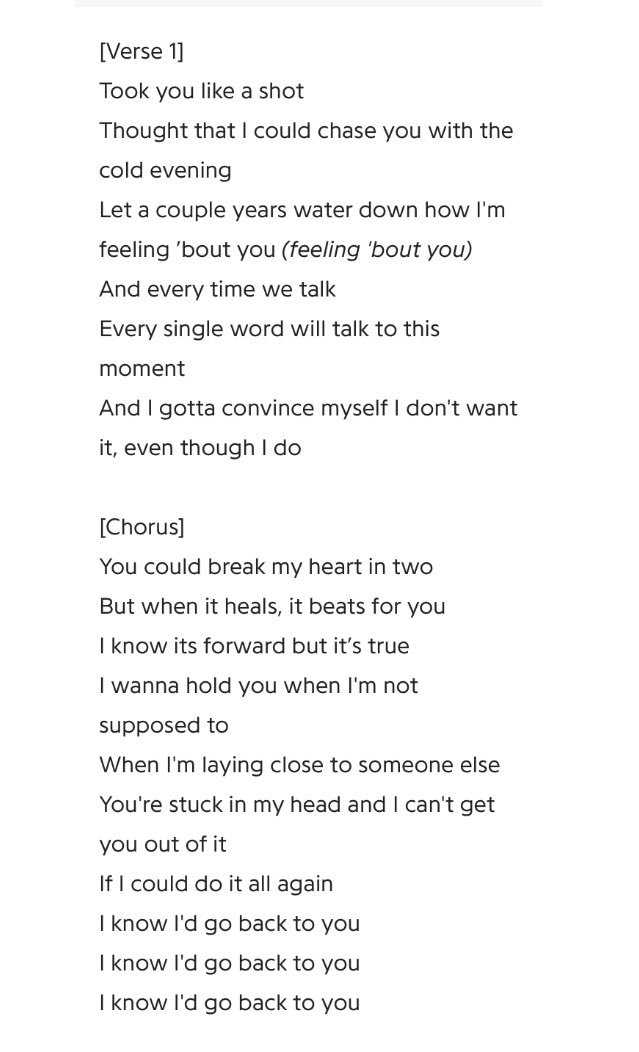 Close your eyes and start by walking around the room to the music. Or you can start with stretching. The main thing is to feel simple and natural.
Close your eyes and start by walking around the room to the music. Or you can start with stretching. The main thing is to feel simple and natural. - Don't think too literally about time. There is no need to make a movement for each beat of the drum in the rhythm of the music. The dance should complement the music, but also be individual and unique at the same time. A great sense of rhythm does not mean at all that a person should dance as if he were marching in a parade. nine0066
Articles by the author
| They asked me: why am I here? How did I end up in this moment of life at this point and with these results? | Today I am at my best, I have not come into conflict with my husband. |
| Who to trust? What to rely on? Many different ideas and statements are walking around the world. People, rushing from one someone's fantasy to another, try on directly opposite statements. And, being torn apart by internal conflicts, having never received satisfaction, they stop doing something, tormented by the feeling ... Read more | Maria was an energetic girl. Did a lot of things. And I wanted to do a lot. And her house is full of children, and life is full of social deeds, useful to the world. nine0088 Once, Maria got fed up with everything. It got right to the liver - it's bitter in the mouth. She looked around - there were only troubles around. |
Other articles by the author
Read also
| There is a lot of information now. How to eat right, how to relax, what kind of physical activity to prefer ... A lot of everything! And all this reflects the current situation: we consult with someone about what we need ... Isn't that paradoxical?? nine0003 There is a very good metaphor in body therapy: "The body is like a taxi… Read more | Feel yourself, know yourself, be yourself. |
| While studying in high school, I studied at the music school: piano class, solfeggio, choir, music. |
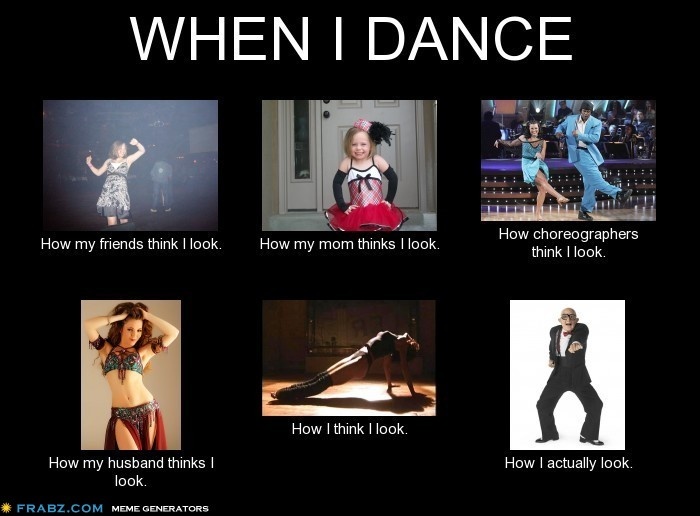 We were within a hair's breadth of a quarrel. Or rather, he ended up quarreling with me, but I didn’t with him. And I want to talk about how people hook each other, getting involved in their games. And if you don't want to, you will end up in the epicenter of the war. And it seems that you are at war with each other ... Read more
We were within a hair's breadth of a quarrel. Or rather, he ended up quarreling with me, but I didn’t with him. And I want to talk about how people hook each other, getting involved in their games. And if you don't want to, you will end up in the epicenter of the war. And it seems that you are at war with each other ... Read more  Husband came home from work… Read more
Husband came home from work… Read more 
